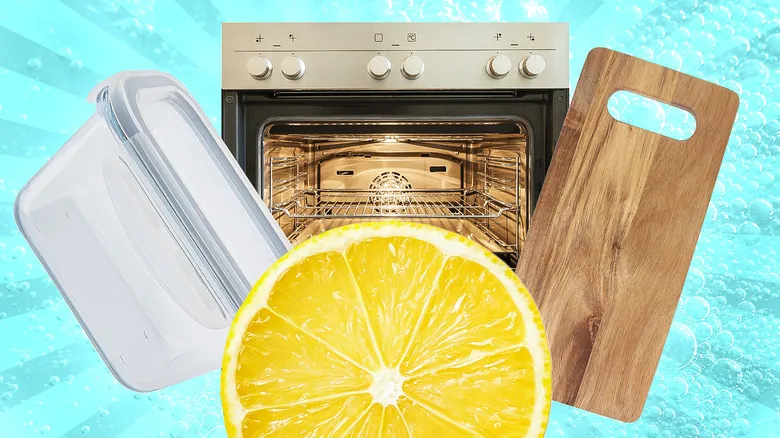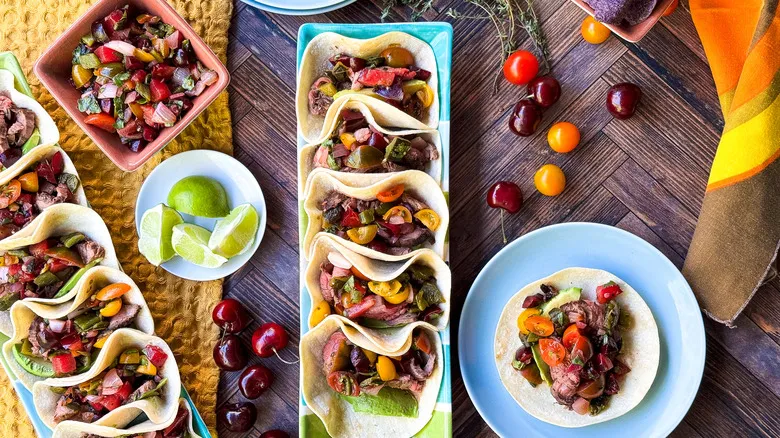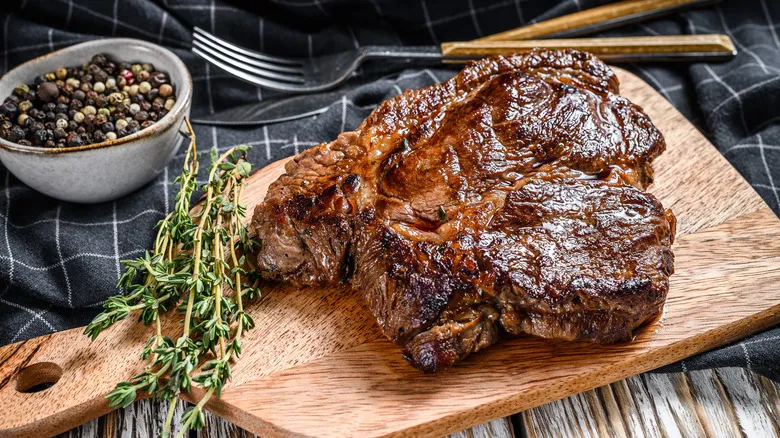Use the right glass and salt
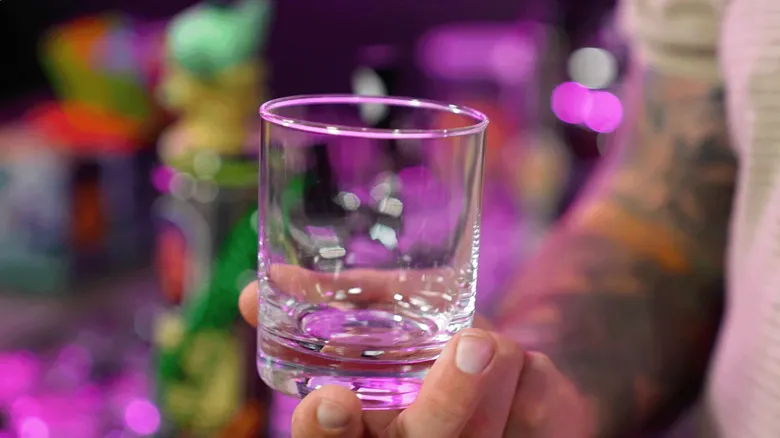
To achieve the ideal rim, you need a glass that allows the salt to coat the entire edge evenly. "There are no strict rules here," Lockwood emphasizes. You can choose any type of cocktail glass, like a Collins glass, as Lockwood prefers, or a margarita glass. Even an acrylic cup can work. It's advisable to select a glass with a smooth edge to ensure the salt adheres uniformly.
The most important consideration is the type of salt you choose. Lockwood recommends keeping it straightforward. He typically uses kosher salt and suggests opting for something slightly coarse, though other varieties can be used if desired. Sea salt or pink Himalayan salt are also interesting coarse alternatives. Lockwood cautions against using regular table salt, also known as iodized salt, which is likely what you have in your kitchen shaker. It's much finer than coarse kosher or sea salt. "It doesn't provide the same mouthfeel," he explains.
Dip the rim in lime juice before the salt
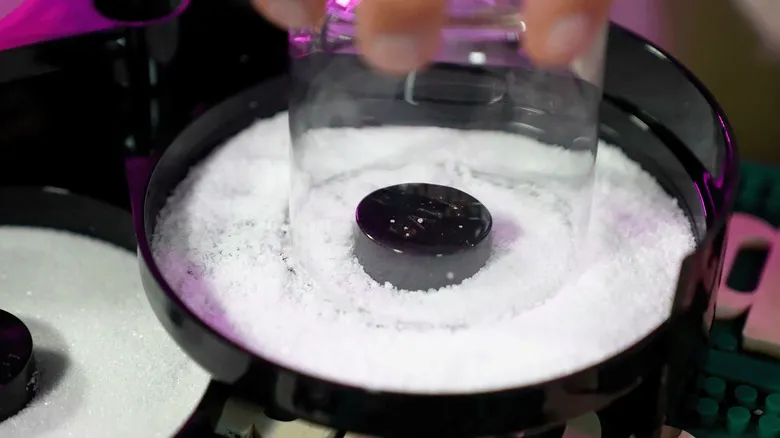
Since you’ll probably be using coarse salt, those larger flakes require a bit more adhesive to adhere properly. While water may suffice for finer salt, a stickier option (like fruit juice) is preferable for thicker salt. "We’re opting for lime juice because it provides a simple way to achieve a nice, even layer of salt," Lockwood explains. "It adheres well."
Lockwood appreciates the thin consistency of lime juice, as it’s easier to clean off the rim compared to a thicker, syrupy texture. "I personally avoid using [simple syrup] because it makes cleaning the glass afterward quite a hassle, and nobody wants that extra work."
To rim the glass, use a shallow bowl filled with lime juice and dip the glass, ensuring you coat just the top 1/16 inch. Then, immerse it in the salt and give it a slight twist to ensure the rim is completely and evenly covered. You can customize the rim to your liking by adjusting the depth of the lime juice and the amount of salt. "Feel free to go a little wider or heavier; don’t hesitate to get creative," Lockwood encourages.
Not all margarita rims have to be the same
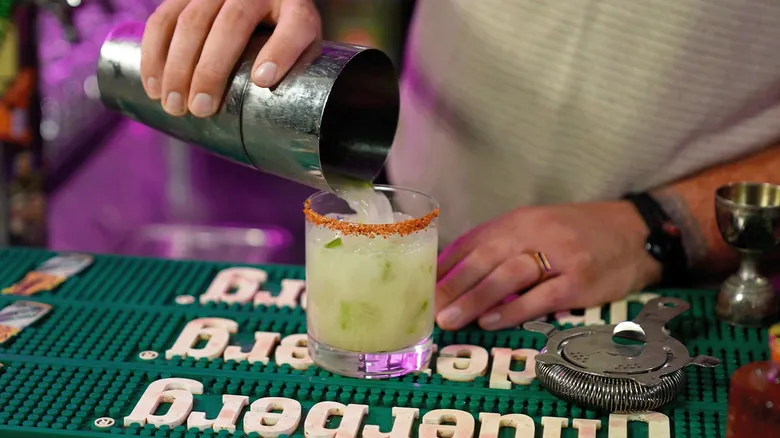
If you're looking to get creative with your drink rims, there are plenty of ways to customize them to suit your taste. For starters, if you're not a fan of salt or if it doesn't pair well with your drink, there are alternative ingredients you can use for the rim. For instance, if you're preparing a fruit-flavored margarita, a sugar rim could be the perfect choice. On the other hand, if you're crafting a smoky mezcal margarita or a spicy version, Tajín—a mix of dried chiles, lime, and salt—will enhance the flavors beautifully.
Lockwood also points out that you don't have to go for a full rim of seasoning; a half rim can be just as effective. He notes, "It's a great way to offer that experience without overwhelming someone with saltiness, spiciness, or sweetness in every sip."
To create a half rim, simply cut a slit down the center of a lime wedge and place it over the glass. Then, run the lime around half of the rim a few times to release enough juice for the seasoning to adhere. After that, coat it just like you would for a full rim.
Regardless of the rim you opt for, be sure to use a smooth glass, a sticky liquid, and enjoy the process of adding as much salt or seasoning as you like. By following these tips, you can achieve the perfect salted rim for any margarita glass.
Recommended

What Brand Makes Costco's Kirkland Signature London Dry Gin?
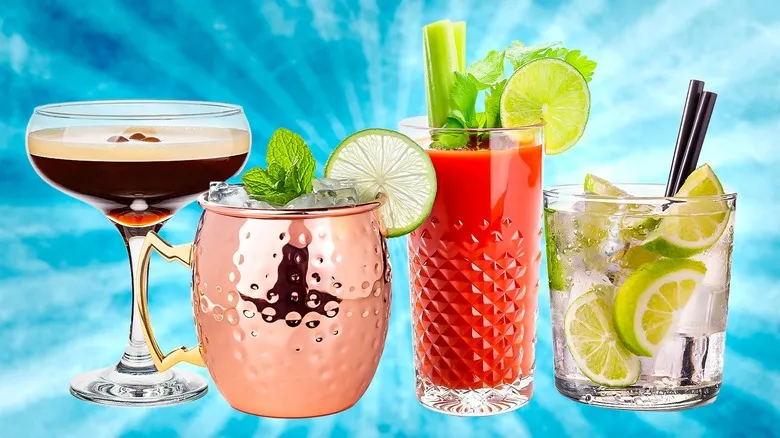
10 Popular Vodka Cocktails To Sip, Beyond Your Vodka-Cran

What Type Of Liquor Is Bénédictine?
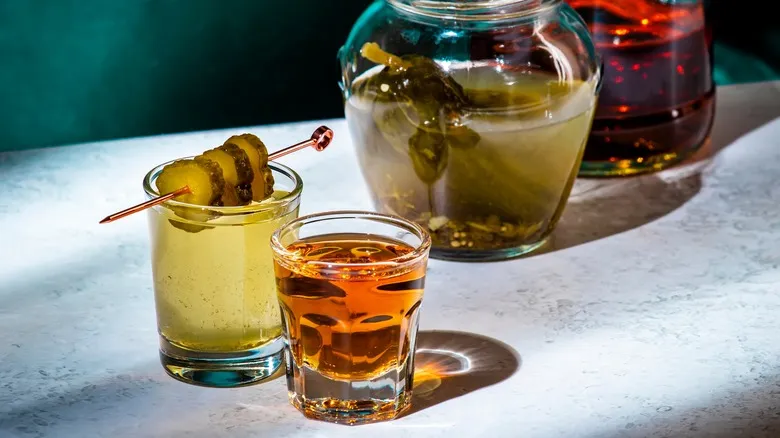
The Best Cocktail To Make With Leftover Pickle Juice
Next up


